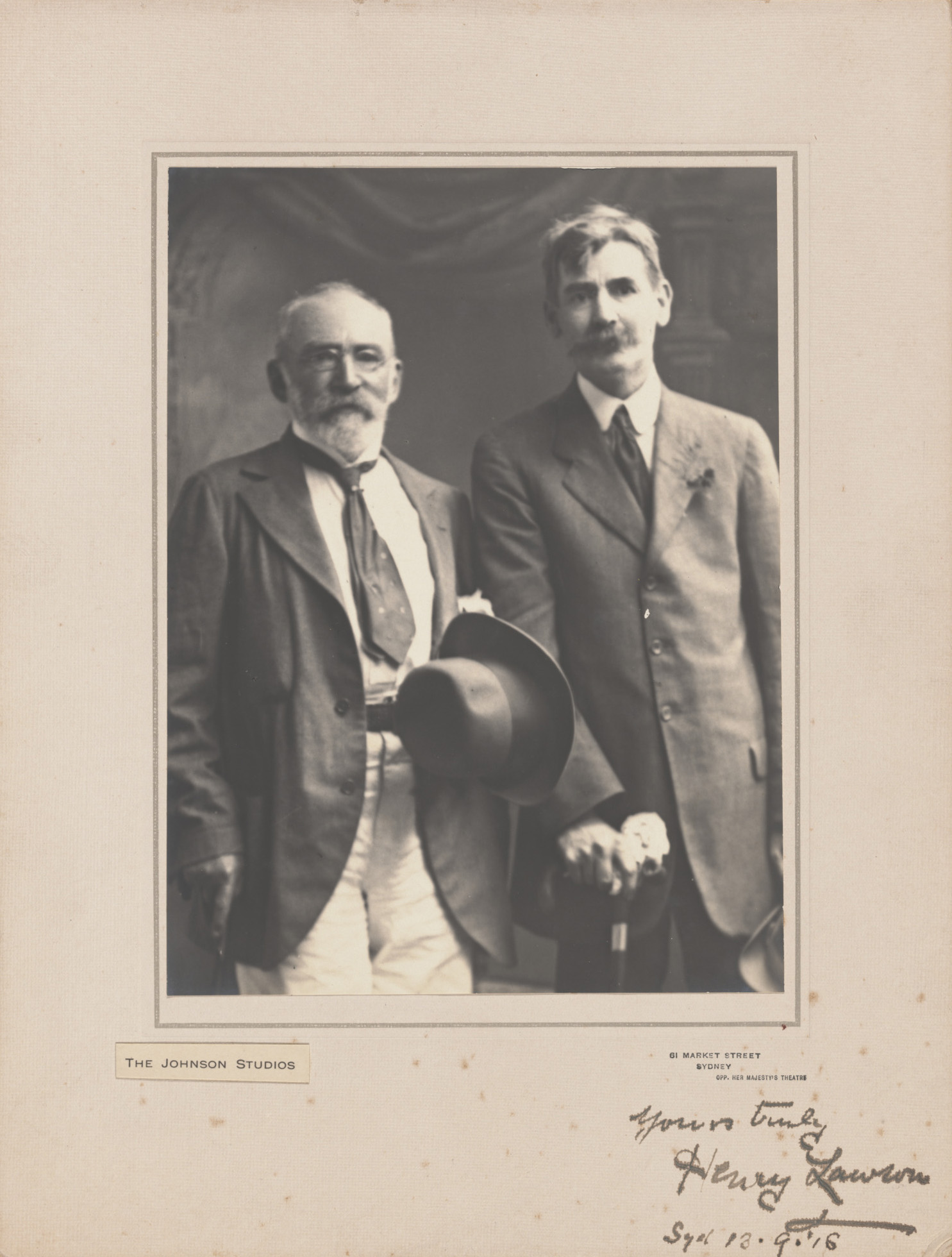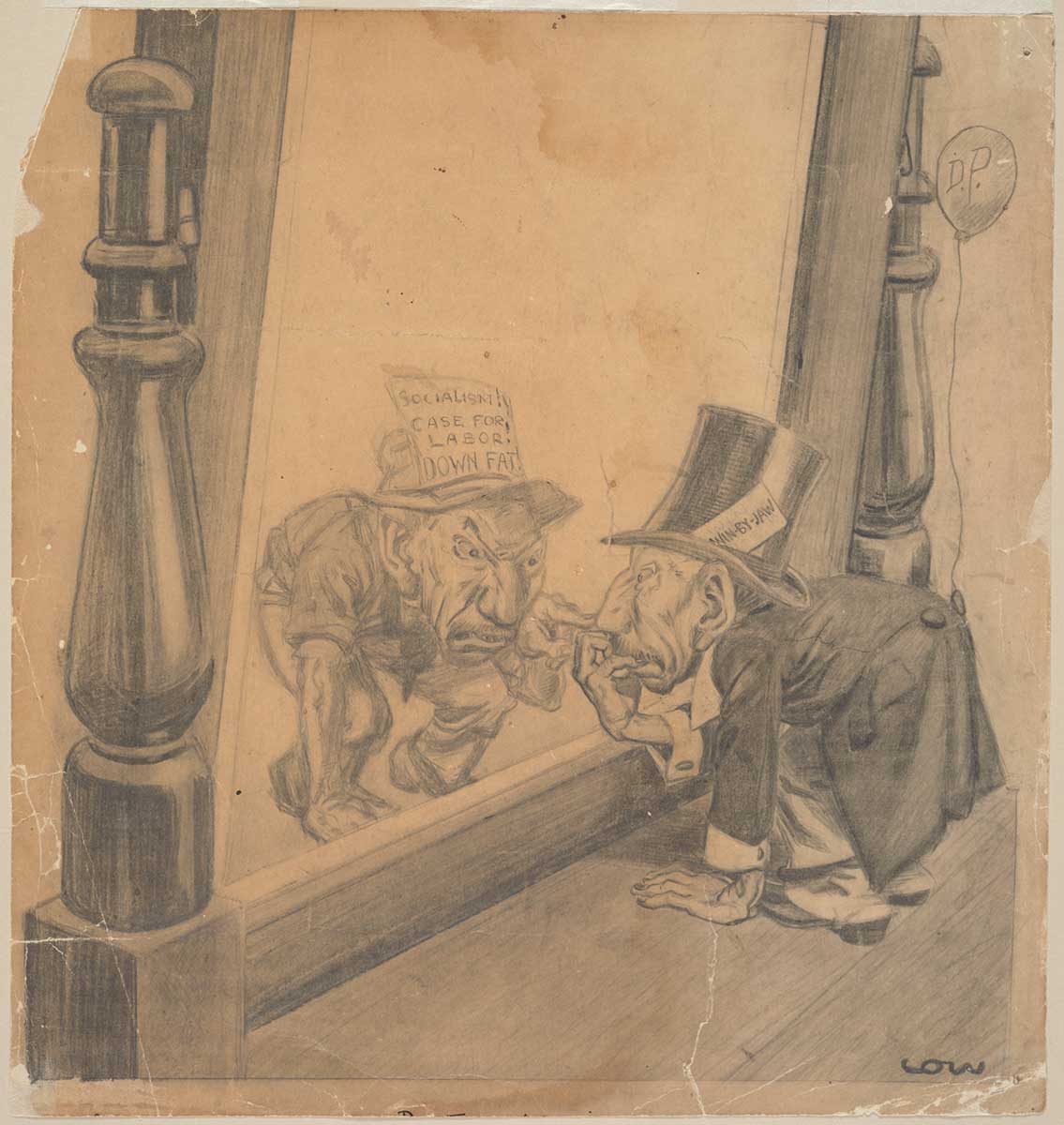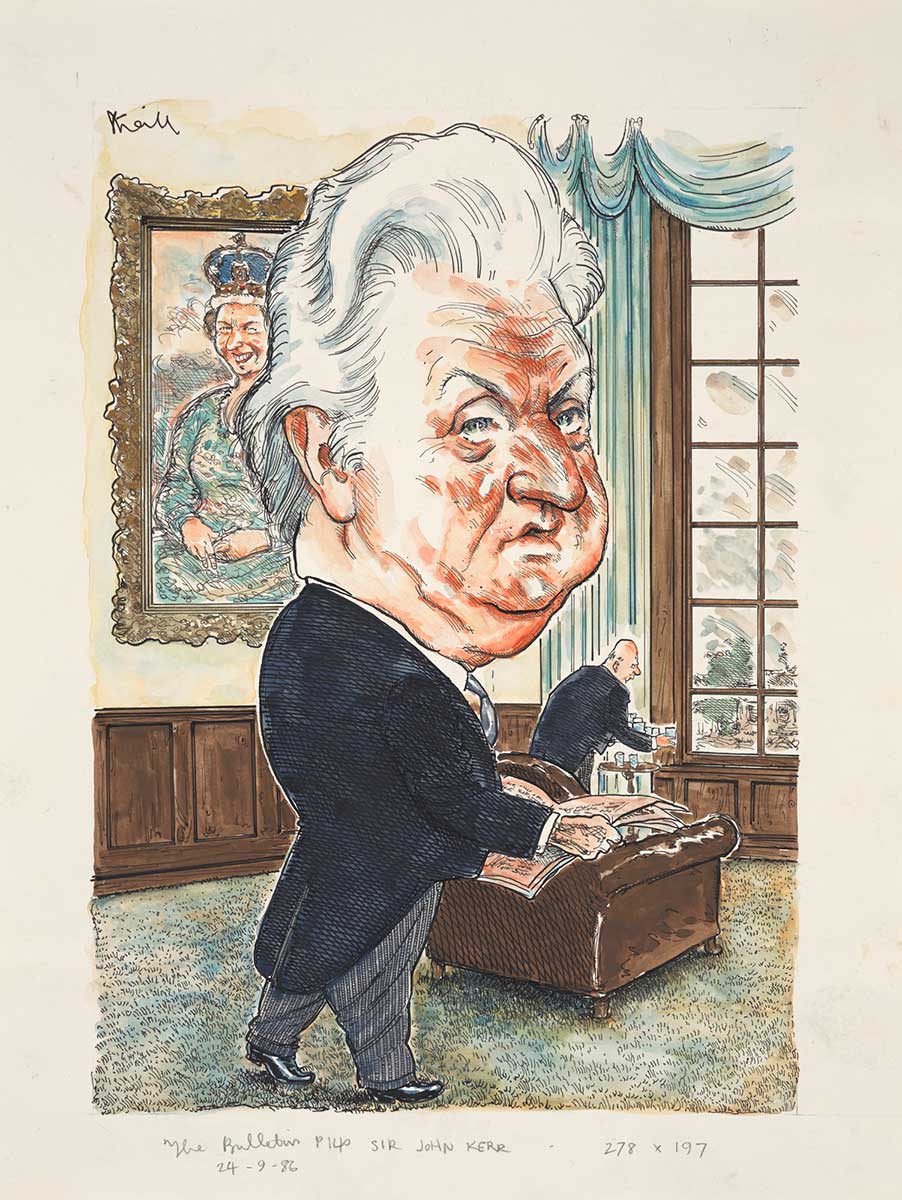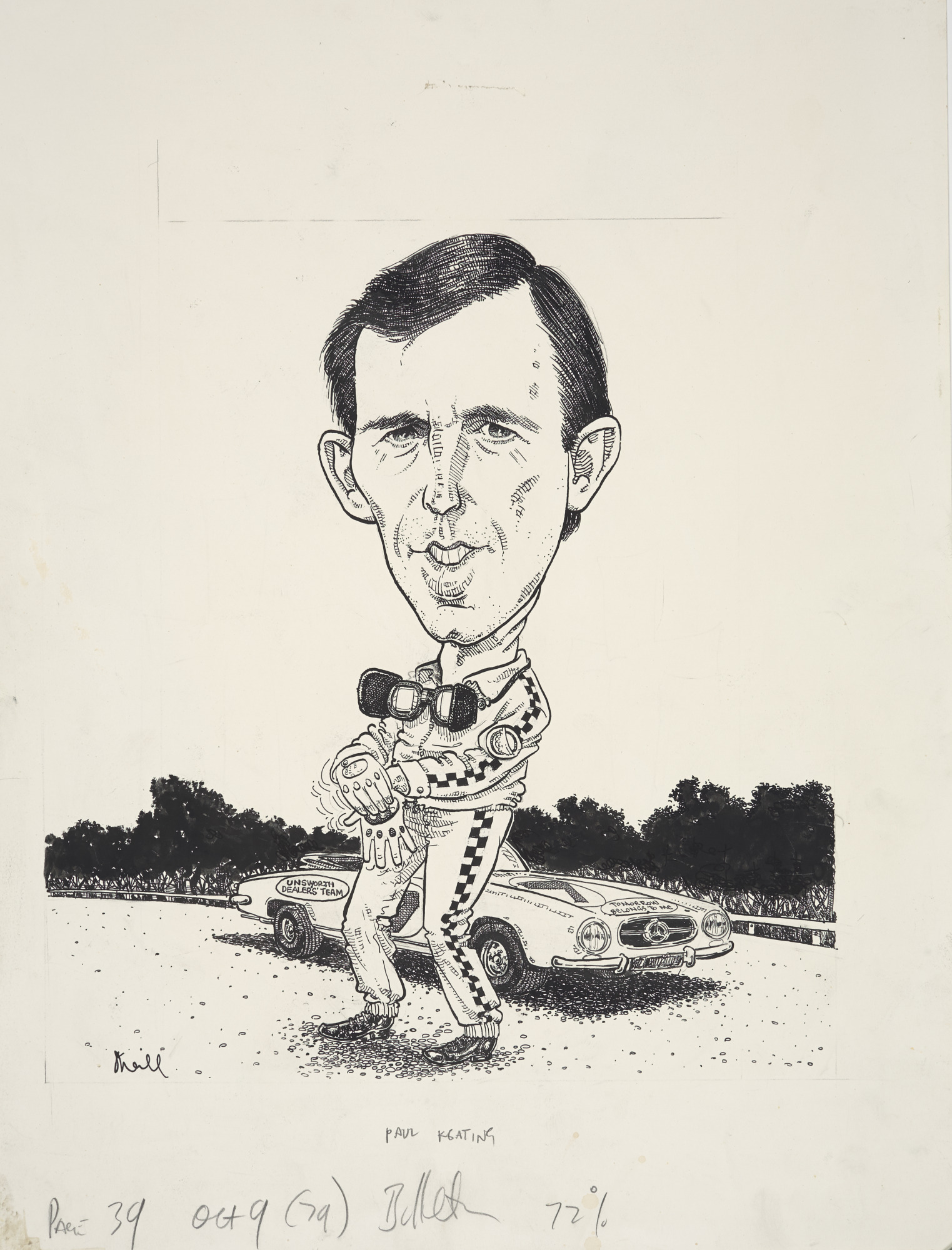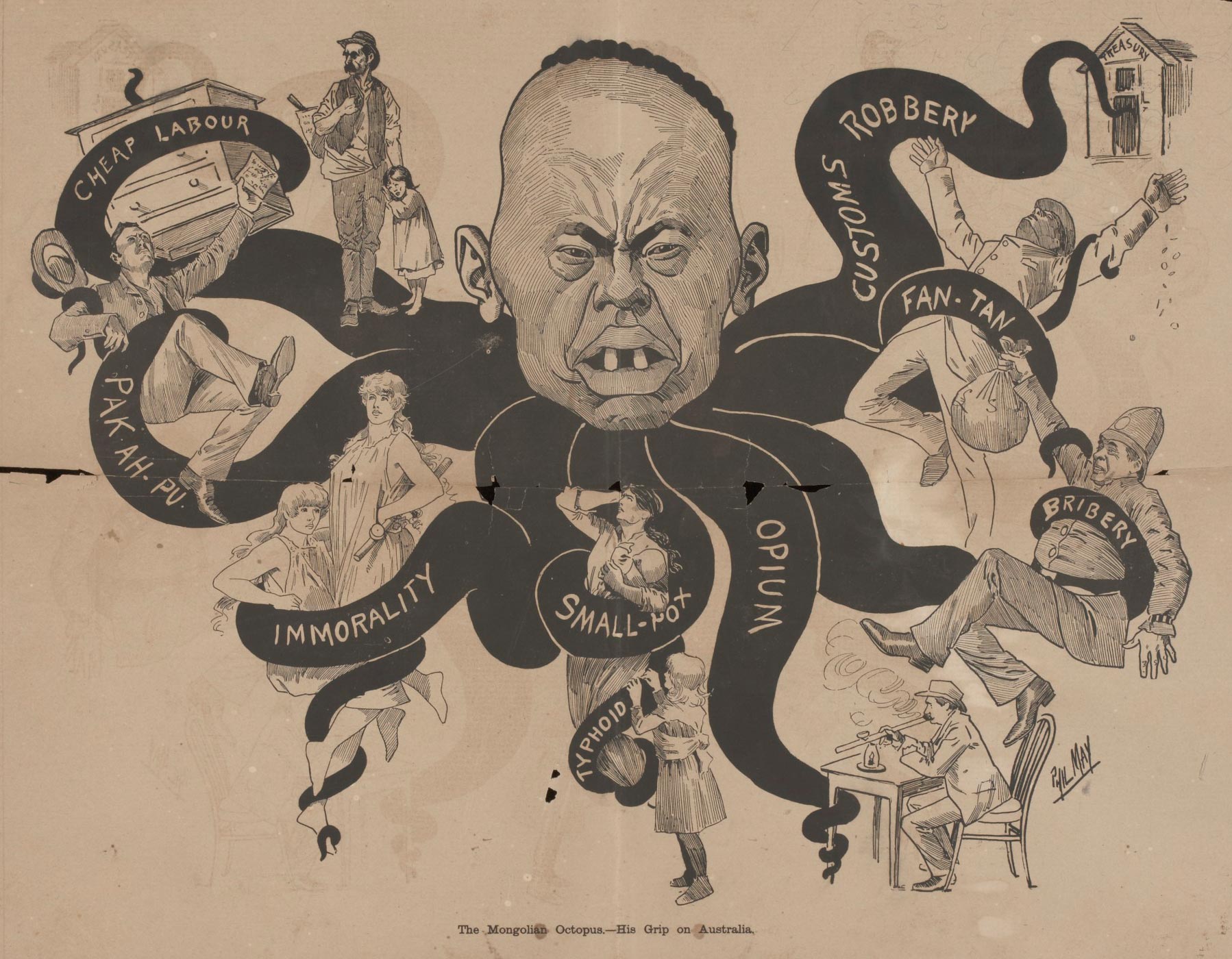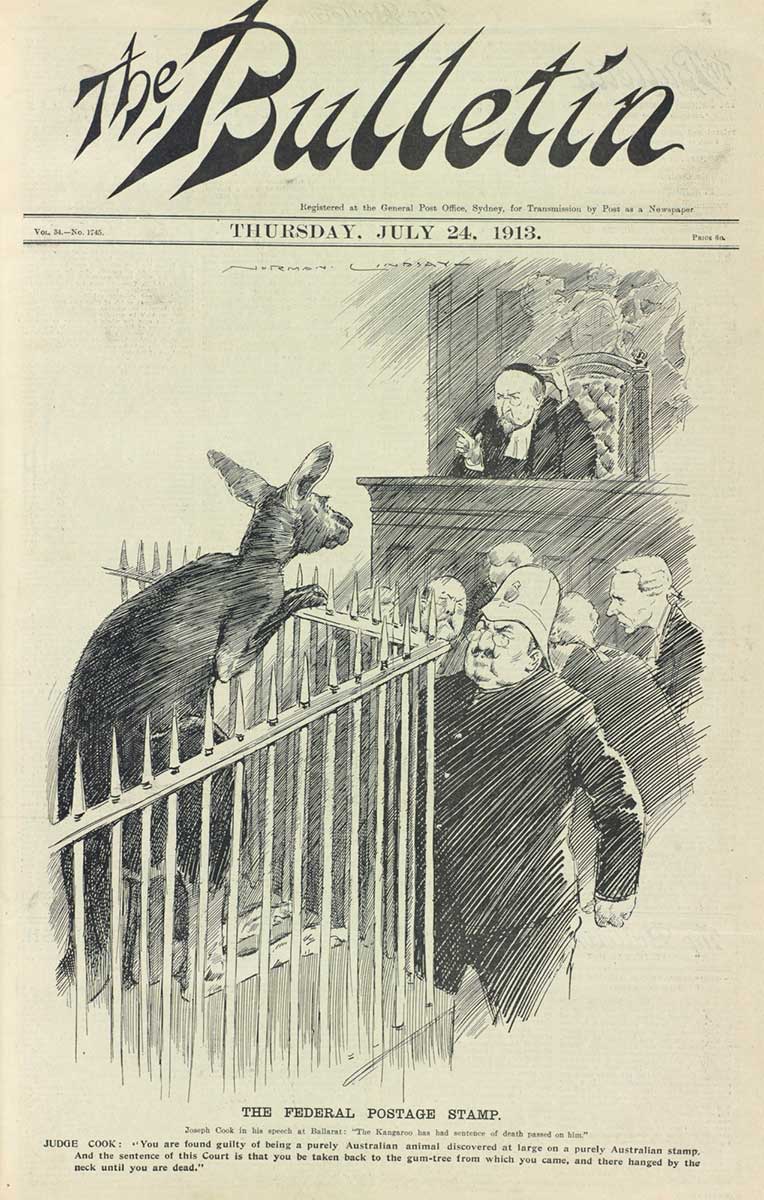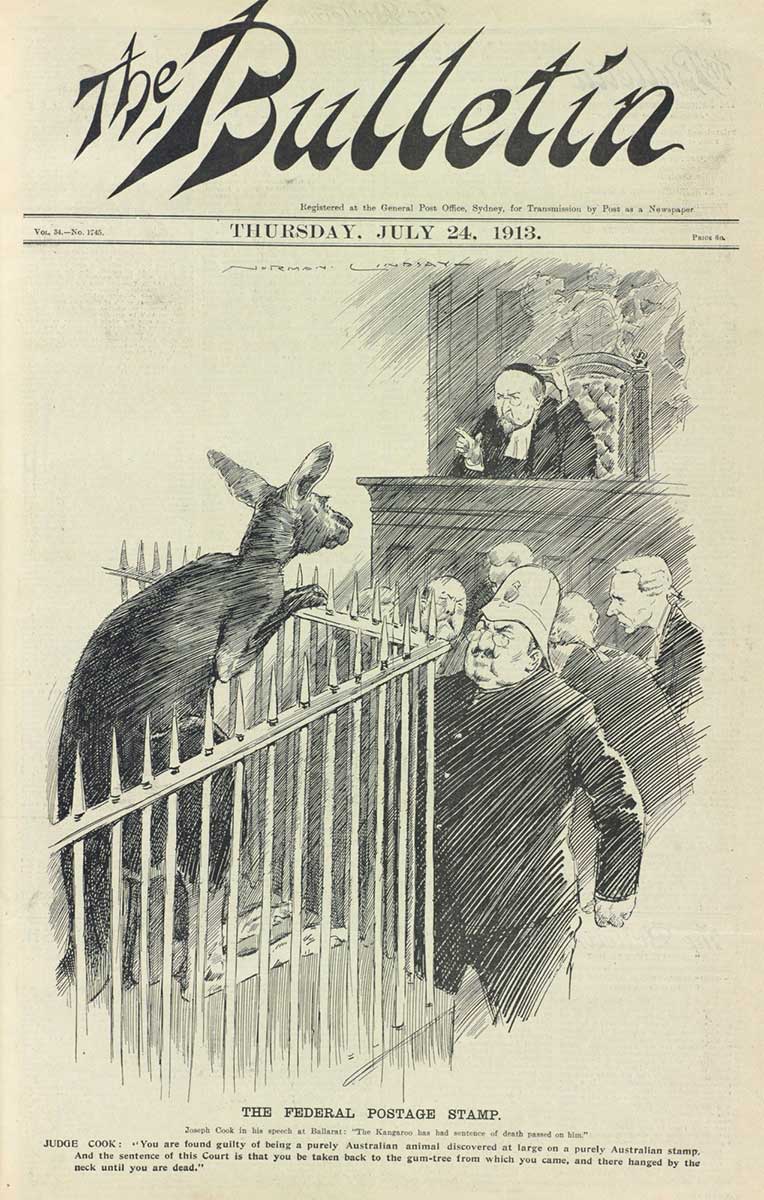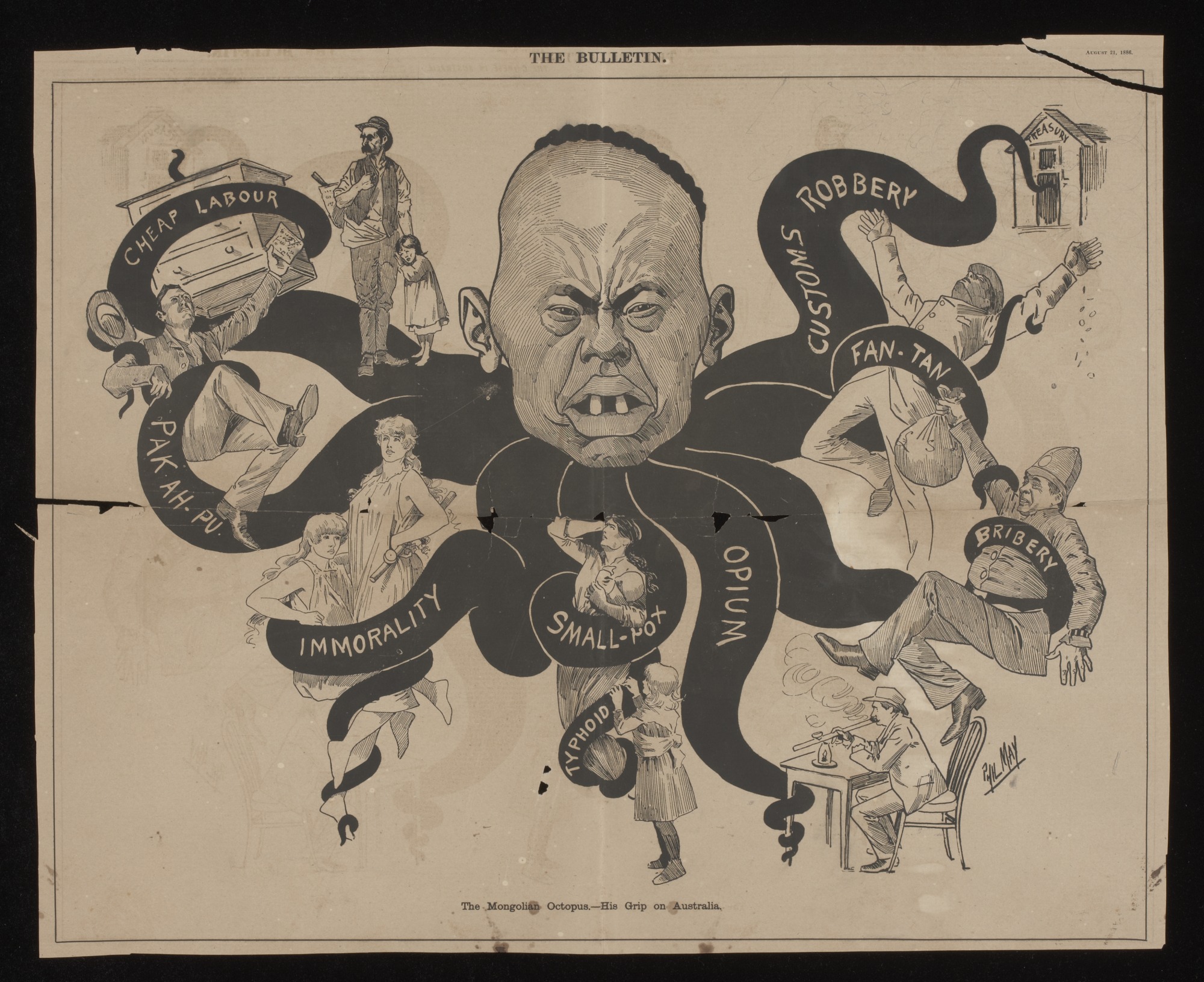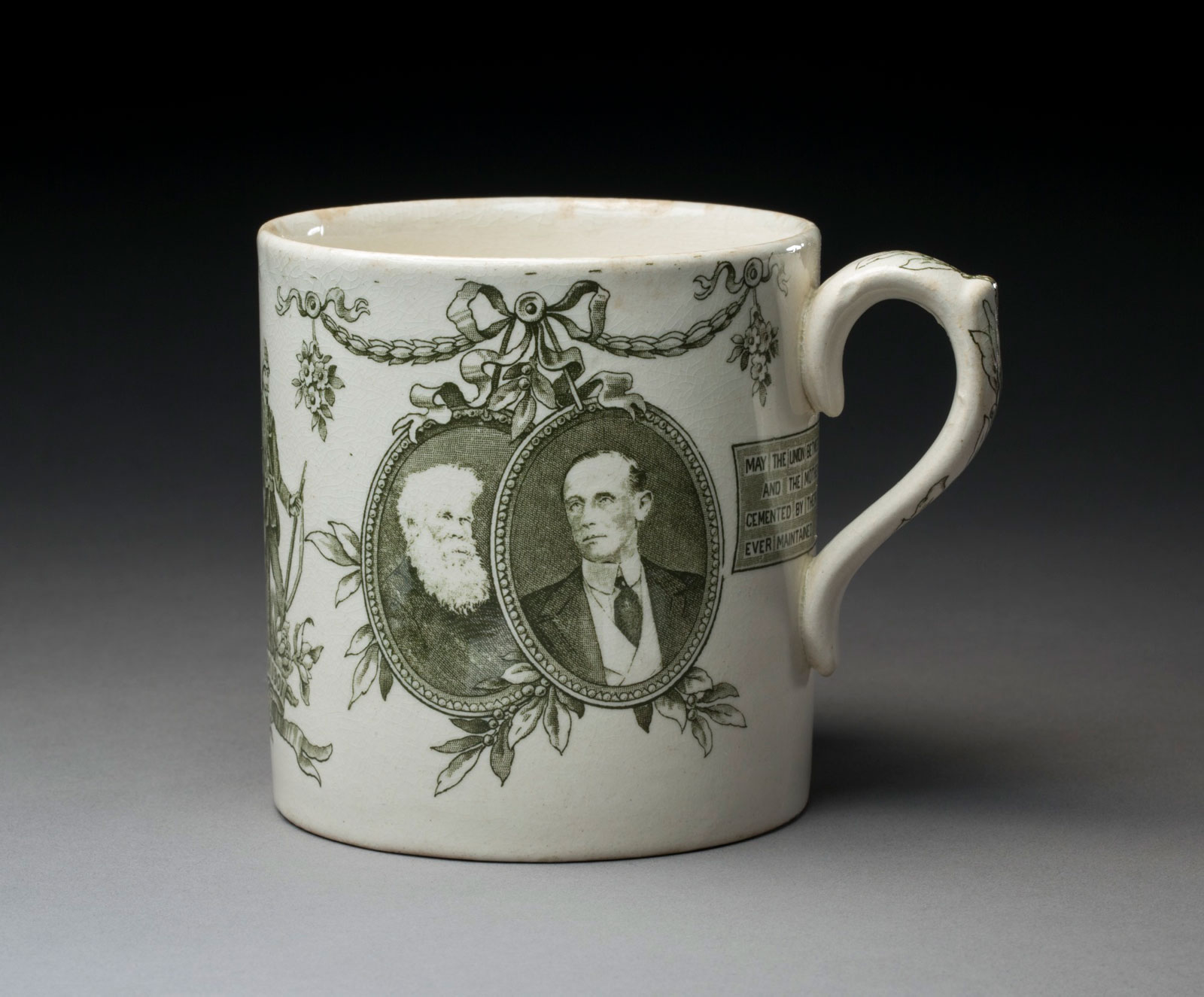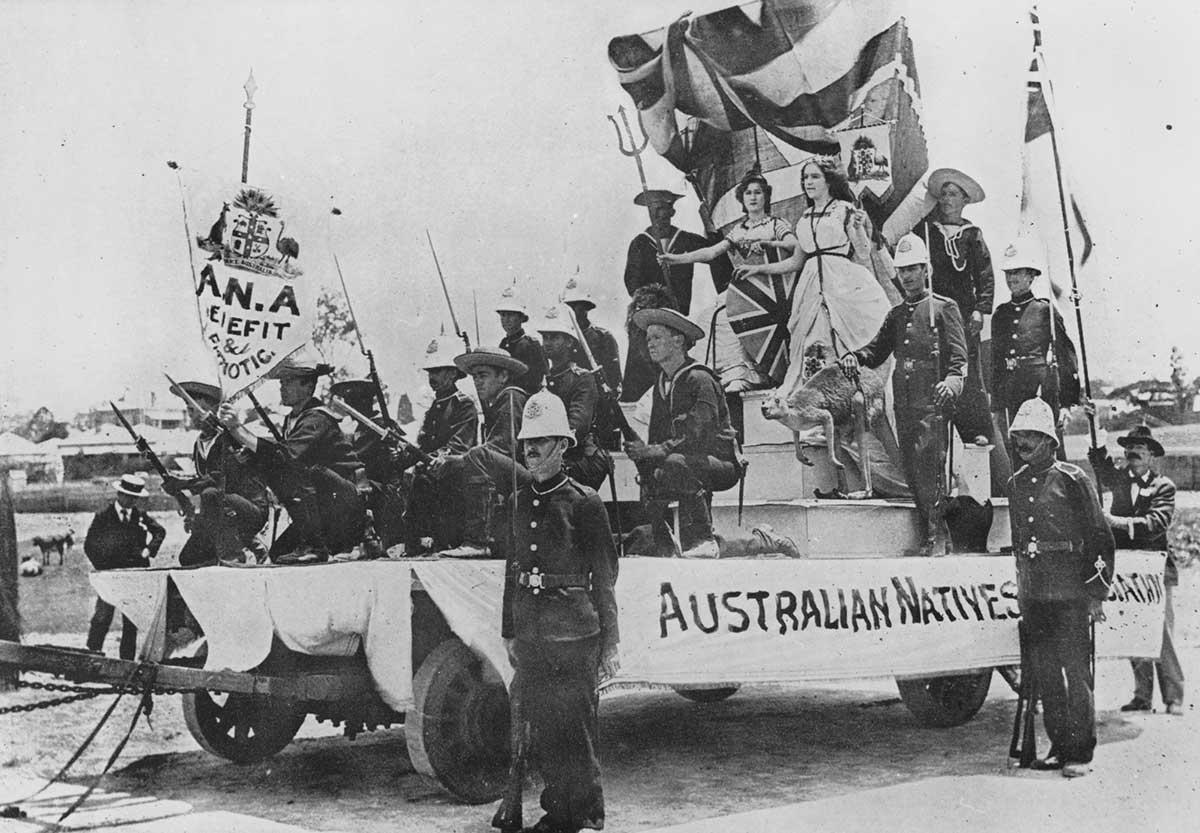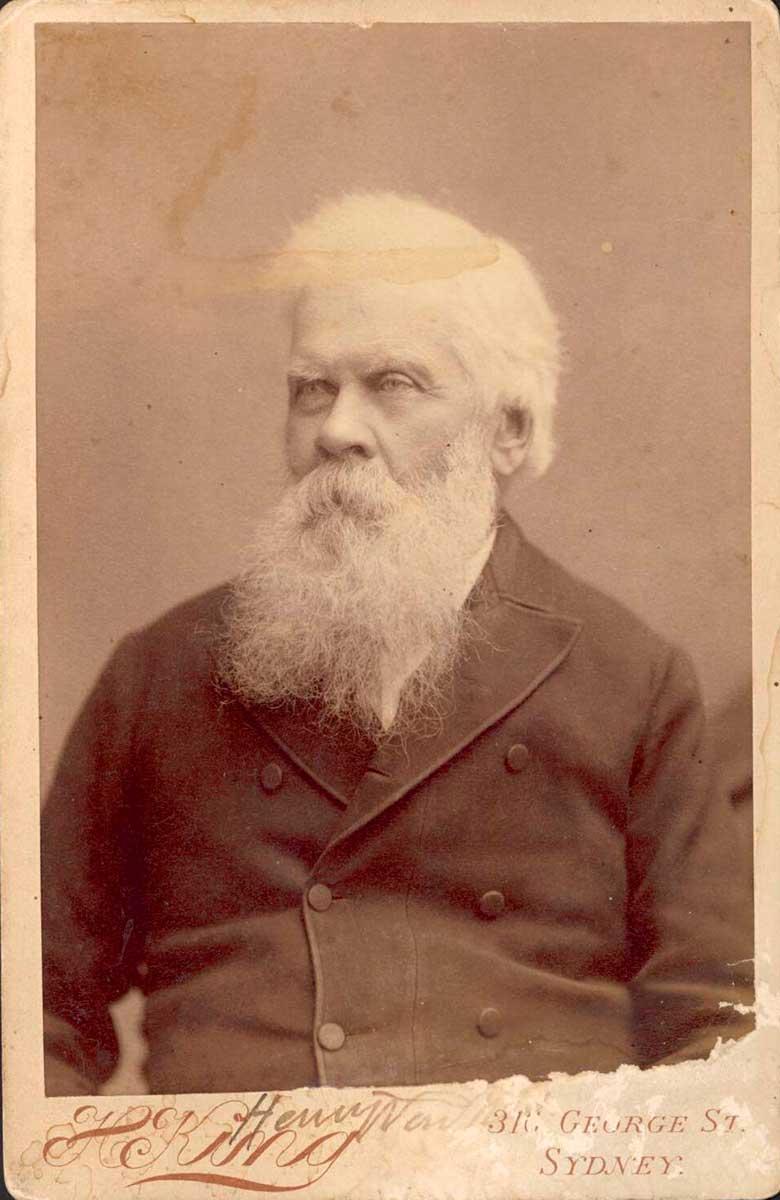‘A journal which cannot be beaten’
1880: The Bulletin established
‘A journal which cannot be beaten’
1880: The Bulletin established
In a snapshot
The Bulletin was published between 1880 and 2008, and remains one of Australia’s longest-running magazines. It quickly became known as the ‘bushman’s bible’, printing very Australian and often controversial material. The magazine featured (and helped the careers of) some of Australia’s best-known writers and artists.
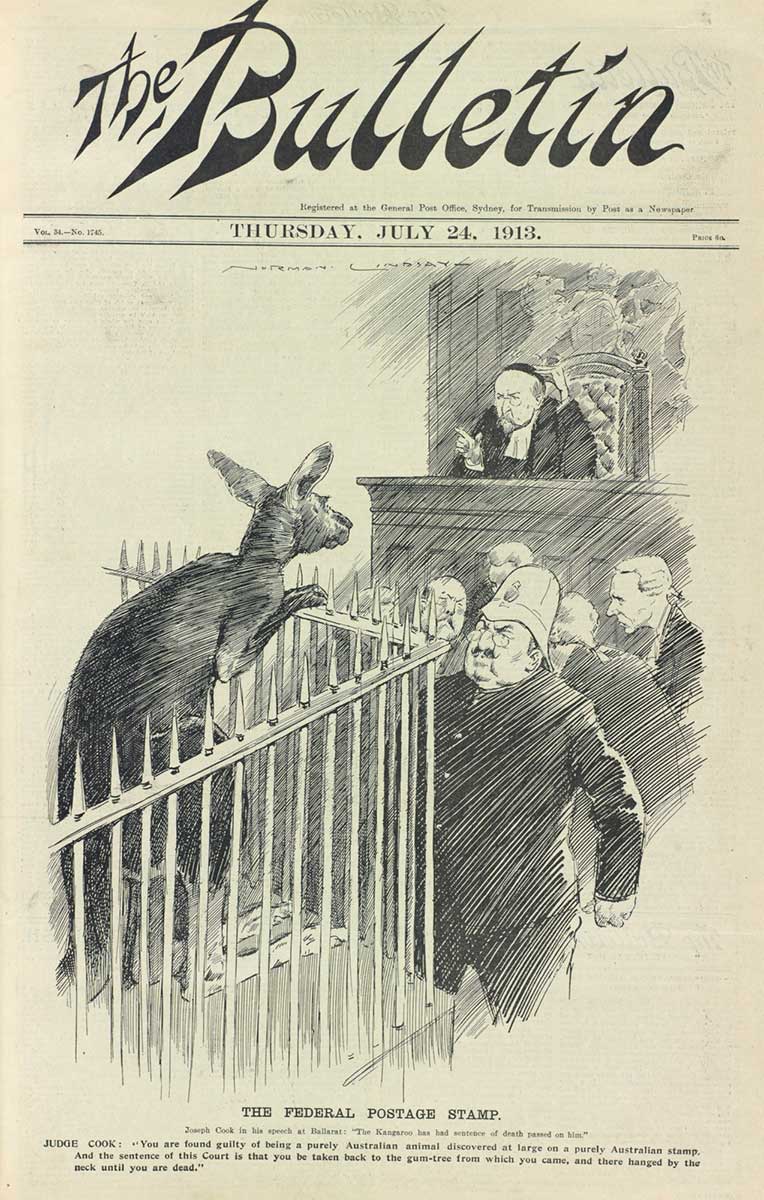
 Can you find out?
Can you find out?
1. What were some of the main features of the first editions of the Bulletin?
2. How do ‘Australia for the White Man’ and ‘bushman’s bible’ show different aspects of the Bulletin’s appeal in its earlier years?
3. Why did the Bulletin finally close?
What was in the Bulletin?
The Bulletin was started by JF Archibald and John Haynes in January 1880. It was published under the masthead ‘Australia for the White Man’. Early editions of the magazine included cartoons that were racist and sexist alongside criticisms of Britain and other nations. After 1886 the Bulletin focused on issues relevant to Australia and encouraged Australians to contribute to the magazine.
The Bulletin helped build the careers of many of Australia’s most important writers and artists, including Henry Lawson, Banjo Paterson, Miles Franklin, Breaker Morant and Norman Lindsay. Because of its focus on uniquely Australian writing, especially bush ballads, it was also known as the ‘bushman’s bible’.
Research task
Research a famous writer or artist whose work was published in the Bulletin. Why was their work important and how is it remembered today?
What happened to the Bulletin?
At the early peak of the magazine’s success, it had a circulation of 80,000. After Archibald had a nervous breakdown in 1907 and gave up control of the Bulletin, the new editors were more conservative, and this led to a drop in sales. By the 1940s not many people were reading the magazine, and its views were considered to be out of touch.
Why did the Bulletin close?
The popularity of the Bulletin declined between the 1940s and 1960s, until it was bought by the powerful Packer family. After this the magazine grew more popular, with a circulation of around 100,000 in the early 1990s. But sales dropped again in the 2000s because of online content and the death of Kerry Packer in 2005, which led to the Bulletin closing in January 2008.
Over 128 years the Bulletin published material that would be seen as racist, sexist and xenophobic today. At the same time, the Bulletin was an important part of the development of a distinct Australian social, literary and artistic culture.
Research task
One of the founders of the Bulletin was JF Archibald. Which famous art prize is named after Archibald, and why is the prize still thought to be so important today? Do some research to find out.
‘To-day we send broadcast throughout the colonies the first number of THE BULLETIN … The aim of the proprietors is to establish a journal which cannot be beaten—excellent in the illustrations which embellish its pages and unsurpassed in the vigor [sic], freshness and geniality of its literary contributions. To this end the services of the best men of the realms of pen and pencil in the colony have been secured and, fair support conceded, THE BULLETIN will assuredly become the very best and most interesting newspaper published in Australia.’
The Bulletin, 31 January 1880
Read a longer version of this Defining Moment on the National Museum of Australia’s website.
 What did you learn?
What did you learn?
1. What were some of the main features of the first editions of the Bulletin?
2. How do ‘Australia for the White Man’ and ‘bushman’s bible’ show different aspects of the Bulletin’s appeal in its earlier years?
3. Why did the Bulletin finally close?







